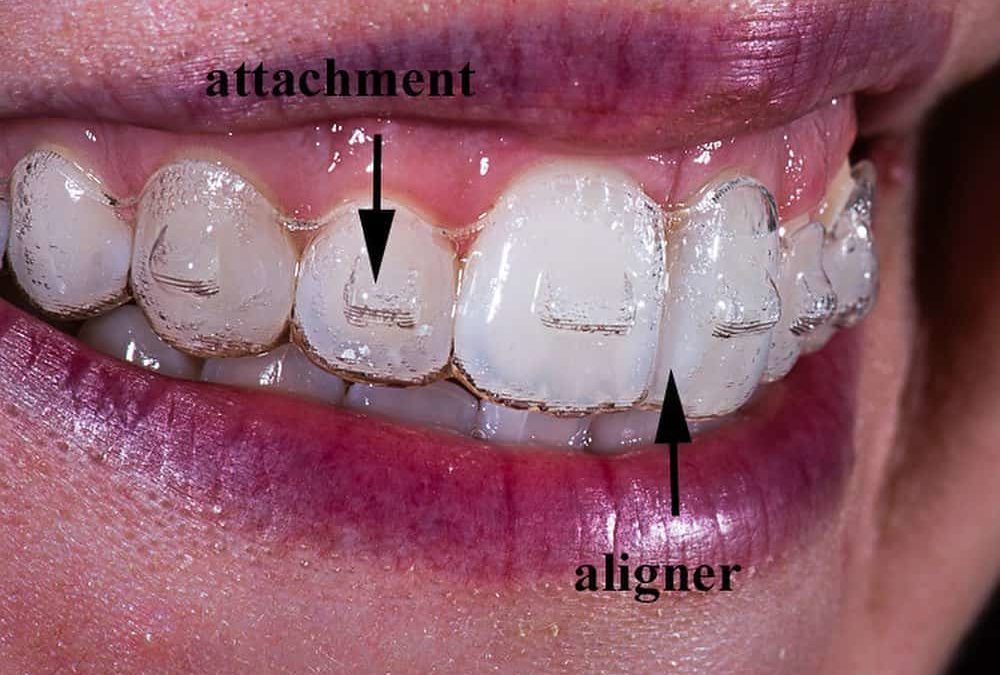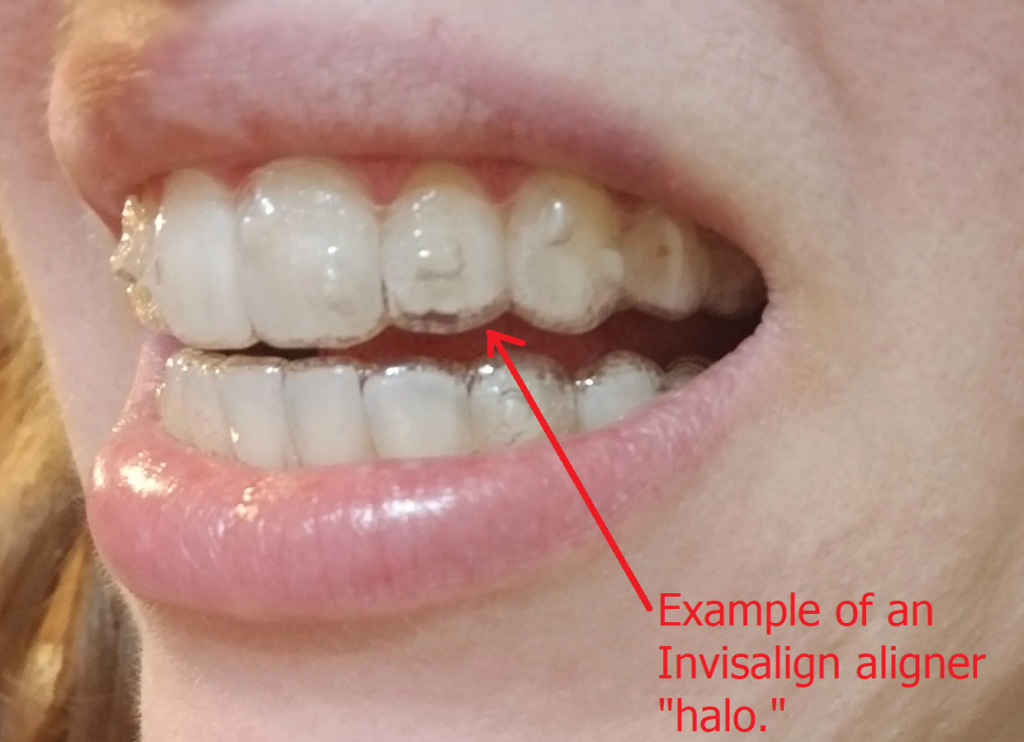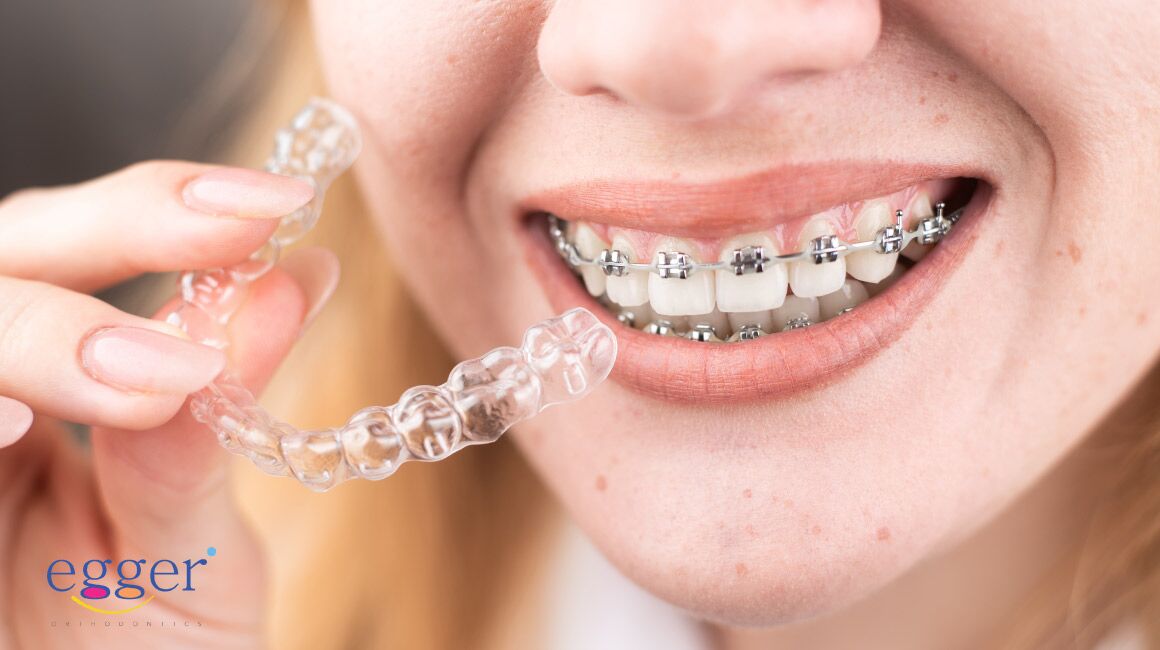Frequently Asked Questions About Invisalign: Everything You Need to Know
Frequently Asked Questions About Invisalign: Everything You Need to Know
Blog Article
Invisalign vs. Traditional Braces: Which Choice Is Right for You?
When thinking about orthodontic therapy, the option between Invisalign and conventional braces provides several important variables that merit careful examination. Invisalign provides a discreet alternative with removable aligners, while typical braces provide a more visible yet reliable remedy for extreme misalignment. Each option includes distinctive benefits and drawbacks connected to aesthetic appeals, convenience, treatment duration, and cost. Understanding these subtleties is important for making a notified decision that aligns with your personal preferences and way of living. The inquiry remains: which option will best fulfill your orthodontic requirements and expectations?
Introduction of Therapy Alternatives

In comparison, traditional dental braces contain steel braces and cords that are bound to the teeth. This technique applies continual stress with time to achieve placement. While effective for complicated orthodontic issues, conventional braces require routine visits for modifications and can posture challenges in preserving oral hygiene due to the problem of cleaning up about cables and brackets.
Both choices have their benefits, and the choice frequently depends upon specific oral conditions, way of living choices, and person conformity. Eventually, getting in touch with an orthodontic professional is important for establishing one of the most appropriate therapy strategy tailored to individual demands. Recognizing the nuances of each choice can considerably influence the general success of orthodontic treatment.
Aesthetic Considerations
A considerable element influencing the selection between Invisalign and conventional dental braces is the aesthetic charm each treatment offers. Invisalign aligners are crafted from clear plastic, making them essentially undetectable when used. This very discreet look is specifically attracting teenagers and grownups that might feel awkward about their orthodontic therapy. The ability to keep a natural smile throughout the alignment process can substantially improve the client's confidence in social and specialist setups.
On the other hand, typical dental braces contain metal brackets and cables, which can be extra recognizable. While innovations in orthodontic innovation have actually resulted in the advancement of smaller sized brackets and colored elastics, standard braces still keep a more noticeable profile. For some people, the visibility of braces may prevent them from seeking essential treatment.
Inevitably, the option between Invisalign and standard dental braces may rest on individual preferences pertaining to aesthetic appeals. Clients that focus on discretion typically lean towards Invisalign, while those that are much less concerned concerning presence may choose for standard braces. Understanding the aesthetic effects of each choice is important for making an educated decision that straightens with one's way of life and choices.
Convenience and Convenience

In regards to convenience, Invisalign aligners are removable, allowing patients to appreciate their favored foods without restriction and maintain ideal dental health. Cleaning and flossing are simplified, as the aligners can be obtained throughout these regimens, whereas conventional dental braces call for mindful maneuvering around brackets and wires.
In comparison, standard dental braces necessitate routine changes, making them much less hassle-free for those with active schedules. Overall, the convenience and comfort of Invisalign make it an appealing choice for many people seeking orthodontic treatment.
Therapy Duration and Efficiency
While both Invisalign and traditional dental braces work in correcting dental misalignments, the duration of therapy can differ substantially between the 2 alternatives. Normally, Invisalign therapy can take anywhere from 12 to 18 months, depending on the complexity of the instance. The clear aligners function by slowly shifting teeth right into their preferred placements, and normal follow-ups with an orthodontist help make certain progression my response continues to be on the right track.
In contrast, typical braces usually call for a longer commitment, usually varying from 18 months to 3 years. This is because of their set nature and using brackets and wires, which can be a lot more effective for extreme imbalances and complicated instances (Invisalign). The therapy effectiveness of conventional dental braces is well-documented, as they allow for precise modifications and higher control over tooth activity
Eventually, the choice between Invisalign and traditional braces might depend upon both the awaited treatment duration and the particular dental concerns at hand. Consulting with an orthodontist is important, as they can offer tailored recommendations based on individual requirements, ensuring the selected approach lines up with wanted durations and end results.
Expense Comparison and Insurance Policy Options
Price plays a considerable duty in the decision-making process for people considering orthodontic treatment, whether choosing for Invisalign or typical braces. Usually, the cost of Invisalign ranges from $3,000 to $8,000, while conventional dental braces typically set you back between $2,000 and $6,000. Variables affecting these costs include the complexity of the case, the period of treatment, and geographical location.
Lots of dental insurance policy plans offer partial protection for orthodontic treatments, however the specifics can differ widely. Typically, conventional dental braces might be much more regularly covered by insurance coverage plans contrasted to Invisalign, which some insurance providers classify as an aesthetic procedure.
Furthermore, several orthodontic practices use flexible layaway plan, making both therapy choices much more easily accessible. People ought to make inquiries concerning prospective funding options and discount rates for ahead of time repayments. Assessing the complete cost, consisting of insurance benefits and payment plans, is important for making an informed decision that aligns with both visual choices and spending plan factors to consider.

Conclusion
In summary, the selection in between Invisalign and standard braces rests on multiple variables, consisting of visual choices, comfort, therapy duration, and expense. Invisalign provides a discreet, detachable choice that facilitates oral hygiene and nutritional flexibility, while traditional dental braces might be hop over to here preferable for complicated dental concerns and frequently come at a reduced price point. Ultimately, consultation with an orthodontist is vital to assess individual situations and determine one of the most suitable treatment option for achieving optimum oral positioning.
When thinking about orthodontic treatment, the option in between Invisalign and typical dental braces presents numerous crucial variables that warrant mindful examination.Contrasting Invisalign and traditional dental braces exposes unique treatment choices for orthodontic improvement.While both Invisalign and standard braces are effective in fixing dental misalignments, the duration of therapy can differ substantially between the 2 options.Price plays a substantial function in the decision-making process for individuals taking into consideration orthodontic therapy, whether her latest blog opting for Invisalign or traditional dental braces.In recap, the selection in between Invisalign and traditional dental braces hinges on numerous elements, including aesthetic preferences, convenience, treatment period, and expense.
Report this page